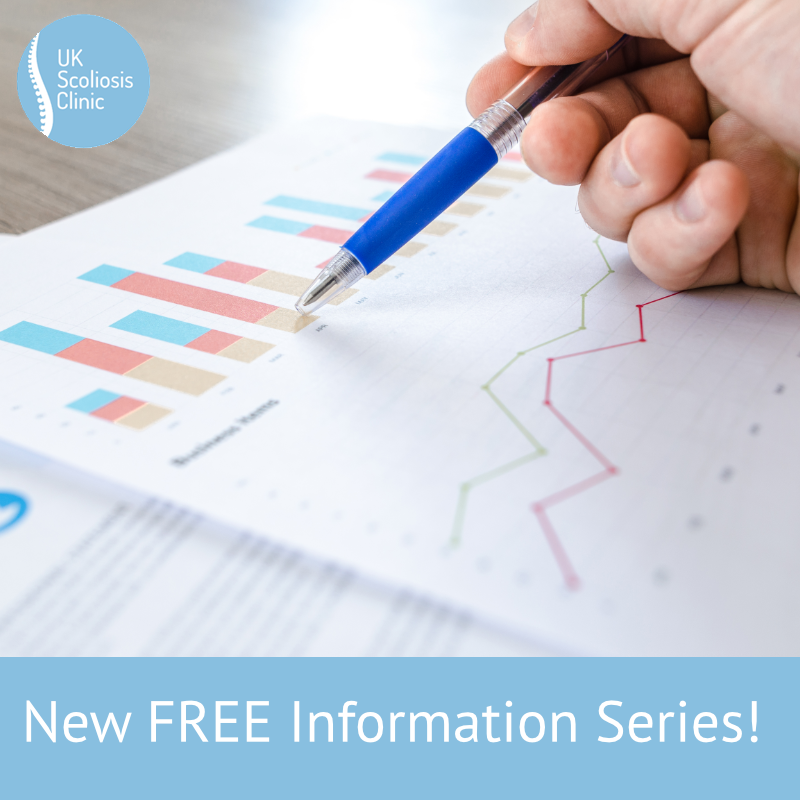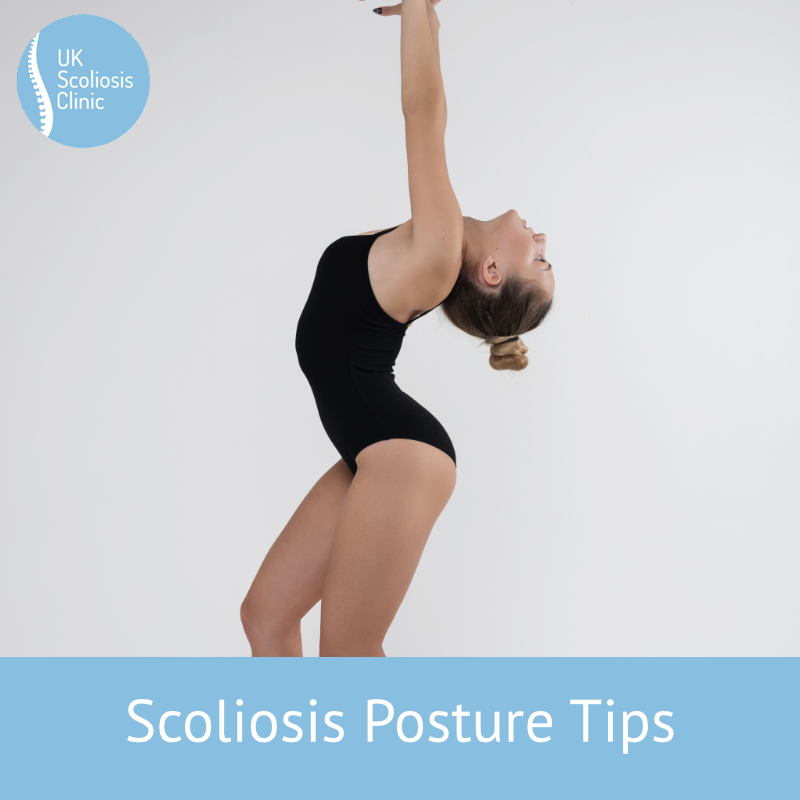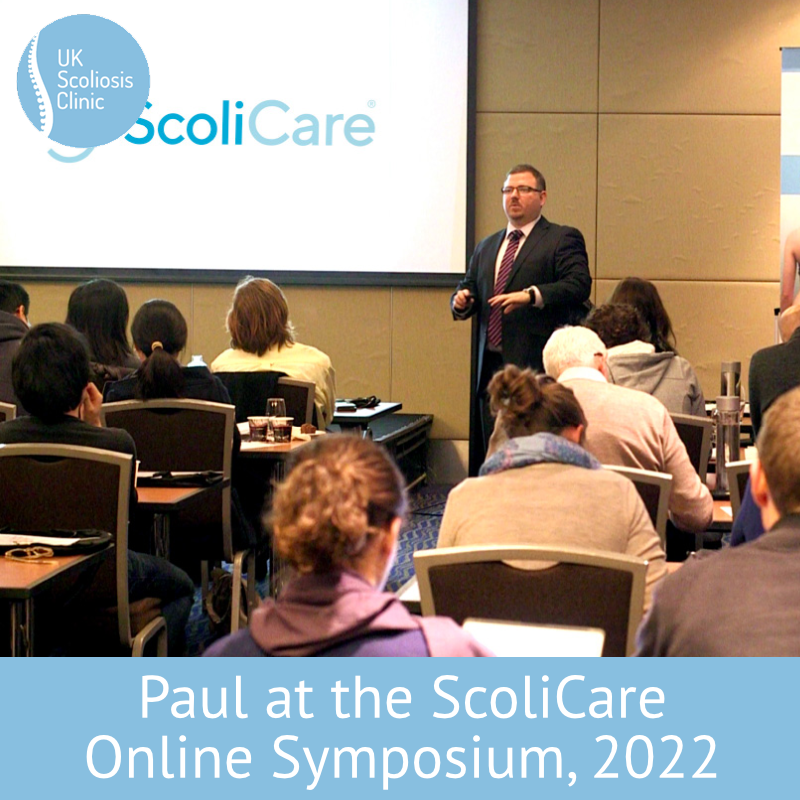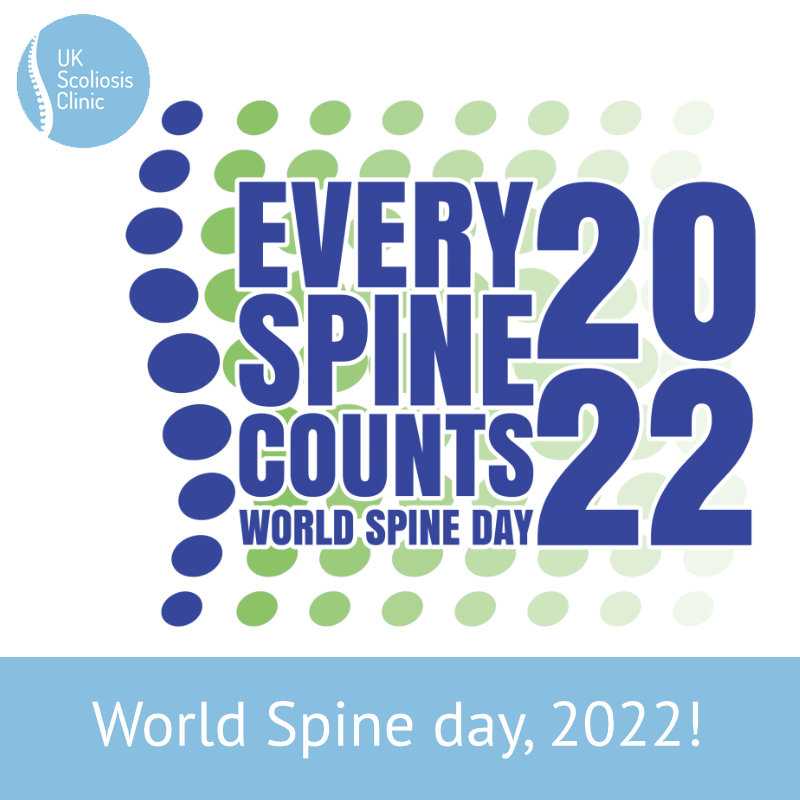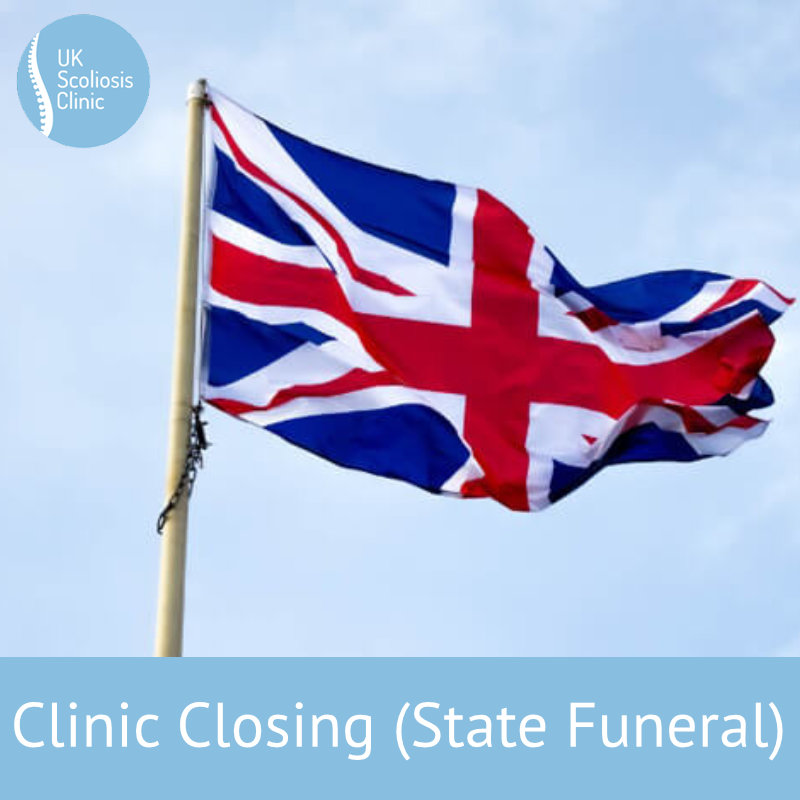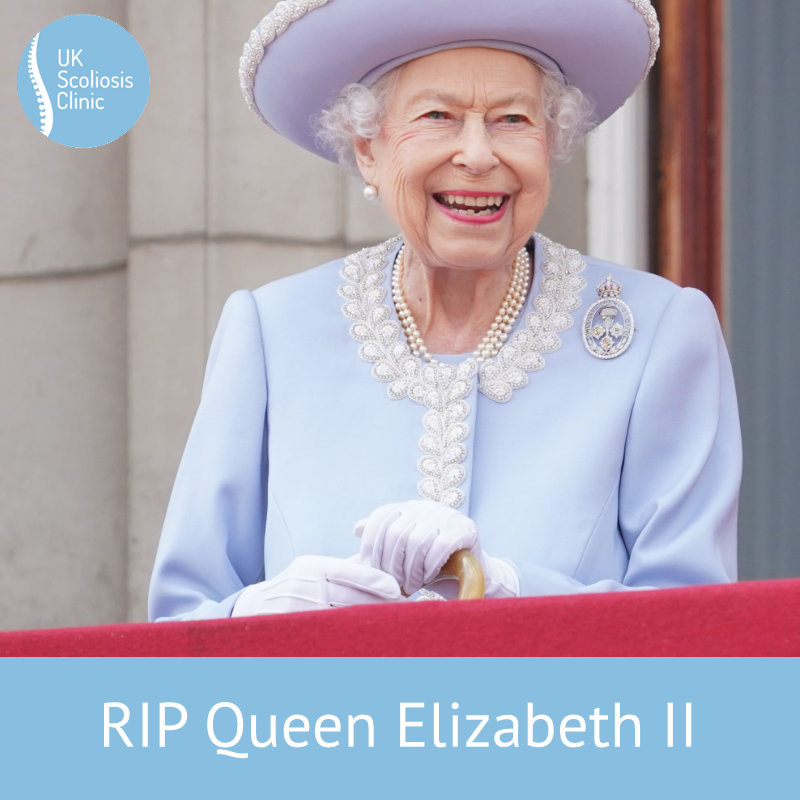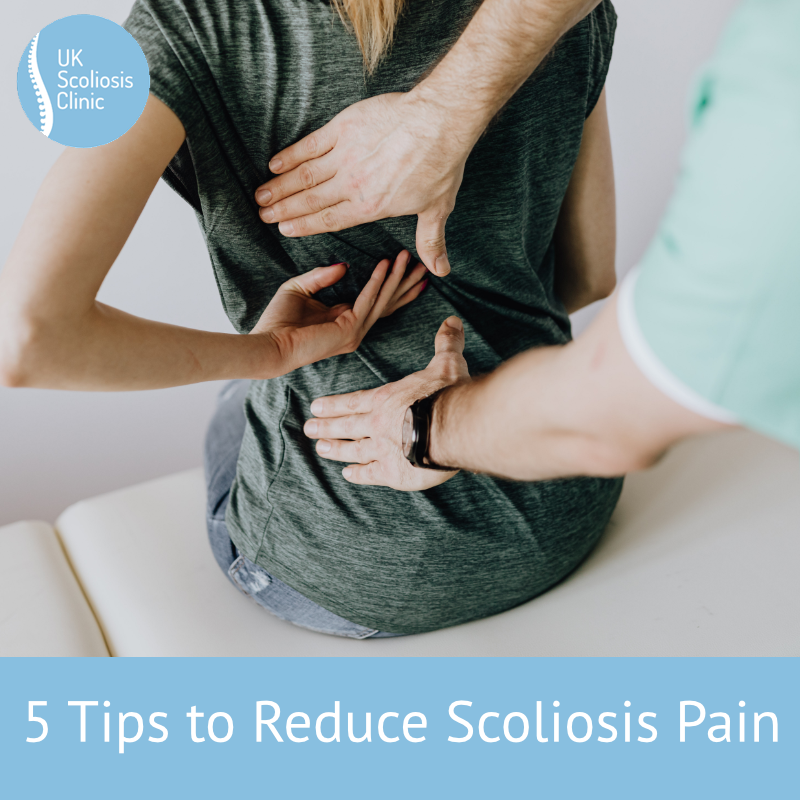
For most of the history of Scoliosis treatment, the widely held view has been that Scoliosis does not cause pain. It’s certainly true that many Scoliosis patients present at our clinic with no pain nor discomfort – but recent research, as well as our experience, has shown that in many cases Scoliosis can be painful.
At least one research study suggests evidence of a possible 35-42% prevalence of lower back pain in adolescents with idiopathic scoliosis[1] (AIS), in another study of 2400 patients with AIS, 23% reported back pain at their initial contact[2]. Chronic non-specific back pain (CNSBP) also seems to be frequently associated with AIS, with a greater reported prevalence (59%) than seen in adolescents without scoliosis (33%)[3] – in addition, patients diagnosed with AIS at age 15 are 42% more likely to report back pain at age 18.[4]
In patients under 21 treated for back pain, scoliosis was the most common underlying condition (1439/1953 patients)[5] and Scoliosis patients have between a 3 and 5-fold increased risk of back pain in the upper and middle right part of the back[6].
While this does not mean that everyone with Scoliosis will experience pain – in fact the numbers roughly support about a 50/50 chance – there are still a significant number of individuals for whom the management of Scoliosis & pain is a factor. At the UK Scoliosis Clinic, we utilise a number of approaches to help manage the pain associated with scoliosis – but there are also some steps you can take yourself.
1 – Keep active, Keep fit
Being physically active and reducing the amount of time spent in sedentary positions is very important, not only for pain management but for your overall health and well-being. While it’s true that Scoliosis can make some activities more difficult, and there are some exercises (especially “one-sided” activities, like racket sports) which we might advise against – there’s no reason why Scoliosis should stop you from being as active as possible. If pain is already a significant issue, low-impact activities such as Yoga or Pilates can be an excellent way to keep moving, and may even provide some additional pain relief. Swimming, once thought to treat Scoliosis (sadly, based on current research, does not[7]) is nonetheless an excellent way to stay fit with almost no risk or injury.
2 – Improve your posture.
While it’s not true that poor posture causes Scoliosis – poor posture can cause pain, both for Scoliosis sufferers and those without Scoliosis.
A huge part of Physiotherapy based approaches to Scoliosis is increasing awareness of posture – when sitting and standing and to take note of the position of your spine. Are you collapsed to one side or slouching? Try to straighten & lengthen your spine and keep balanced, avoid leaning to one side as this can aggravate pain – instead, try to remain in a neutral or corrected position. Many people with Scoliosis pain find that regular movement helps to reduce pain too.
3 – Avoid extended sitting/extended standing
Where possible, avoid extended sitting when working, studying or at school. Regular postural changes/breaks (every 20-30 minutes) are very important and can be as simple as standing up, walking to the other side of the room, or stretching, before sitting back down.
This is, like most of these tips, a good idea to do regardless of your Scoliosis status as long periods of sitting encourage imbalances in muscles and ligaments – in fact, it’s the cause of a huge percentage of back pain cases treated by Chiropractors every year.
4 – Light Stretching or Massage
Stretching or Massage, either as a targeted activity or part of something like Yoga can be highly beneficial for Scoliosis suffers –focussing on elongation and decompression of the spine is likely to help relieve pain for many, and can often be performed at home using a tennis ball, foam roller or massager. That being said it’s best to consult with a Scoliosis expert when it comes to stretching or flexibility routines, for example many people with AIS will have reduced spinal curves or flat backs, so it is important that significant hyper-extension/arching backwards is not performed as it may increase the flattening of the back which may in turn progress the scoliosis.
Repetitive one-sided movements, or exercises & stretches leading to excessive spinal rotation may actually worsen pain – due to the 3D nature of scoliosis. Repetitive twisting or one-sided movements can potentially put your spine into an unfavourable position or even counteract an ongoing treatment program, so use with care.
5 – The Best Option, Scoliosis Specific Exercise
The best option to address Scoliosis pain is, of course a professional plan. A Scoliosis professional can design a series of Scoliosis Specific exercises, that will help improve posture, manage pain and slow the progression of your condition. These scoliosis-specific exercises, once mastered, can be incorporated into your day-to-day life or form part of an active treatment program.
In some cases, the part-time use of a Scoliosis brace could also be considered – for example, while bracing in adults is not likely to reduce the Scoliotic curve itself, research does indicate that bracing can be effective in reducing chronic pain.[8]
[1] Théroux, J., et al.Prevalence of low back pain in adolescents with idiopathic scoliosis: a systematic review. Chiropractic & manual therapies, 25(1), 1-6.
[2] Ramirez N, Johnston CE, Browne RH. The prevalence of back pain in children who have idiopathic scoliosis. J Bone Joint Surg Am. 1997;79:364–8
[3] Jean Theroux et al. Back Pain Prevalence Is Associated With Curve-type and Severity in Adolescents With Idiopathic Scoliosis Spine: August 1, 2017 – Volume 42 – Issue 15
[4] Clark EM, Tobias JH, Fairbank J. The impact of small spinal curves in adolescents that have not presented to secondary care: a population- based cohort study. Spine (Phila Pa 1976) 2016; 41:E611–7.
[5] Dimar 2nd JR, Glassman SD, Carreon LY. Juvenile degenerative disc disease: a report of 76 cases identified by magnetic resonance imaging. Spine J. 2007;7:332–7.
[6] Sato T, Hirano T, Ito T, Morita O, Kikuchi R, Endo N, et al. Back pain in adolescents with idiopathic scoliosis: epidemiological study for 43,630 pupils in Niigata City. Japan Eur Spine J. 2011;20:274–9
[7] Berdishevsky H, Lebel VA, Bettany-Saltikov J, et al.: Physiotherapy scoliosis-specific exercises—a comprehensive review of seven major schools. Scoliosis Spinal Disord, 2016, 4: 1.
Zaina, F., Donzelli, S., Lusini, M., Minnella, S., and Negrini, S. (2015). Swimming and spinal deformities: A cross-sectional study. The Journal of Pediatrics, 166(1): 163-167.
Gonen Aydin C, Oner A, Hekim HH, Arslan AS, Oztas D, Akman YE. (2020) The prevalence of scoliosis in adolescent swimmers and the effect of swimming on adolescent idiopathic scoliosis. Turk J Sports Med.;55(3):200-6.
[8] Scoliosis bracing and exercise for pain management in adults—a case report Weiss et al, J Phys Ther Sci. 2016 Aug; 28(8): 2404–2407.
